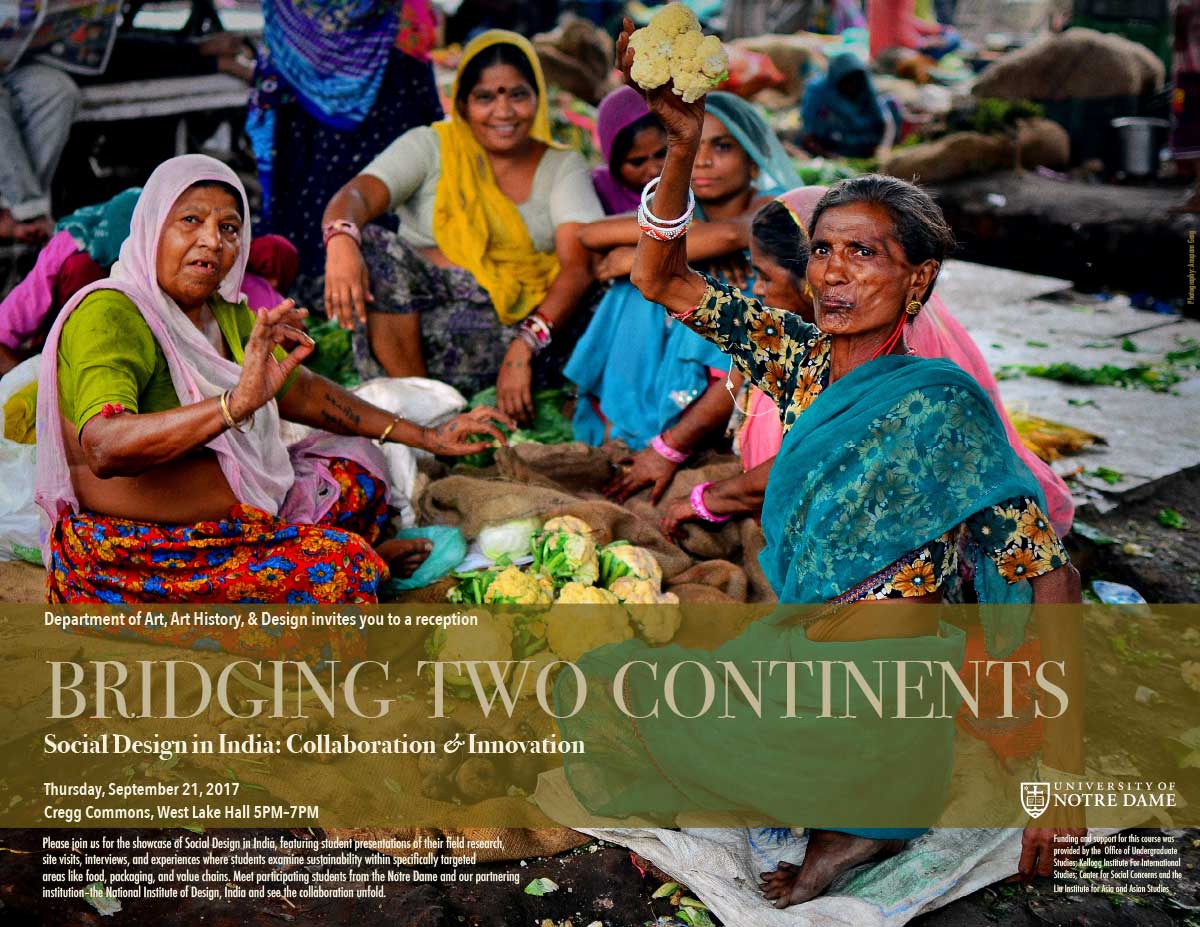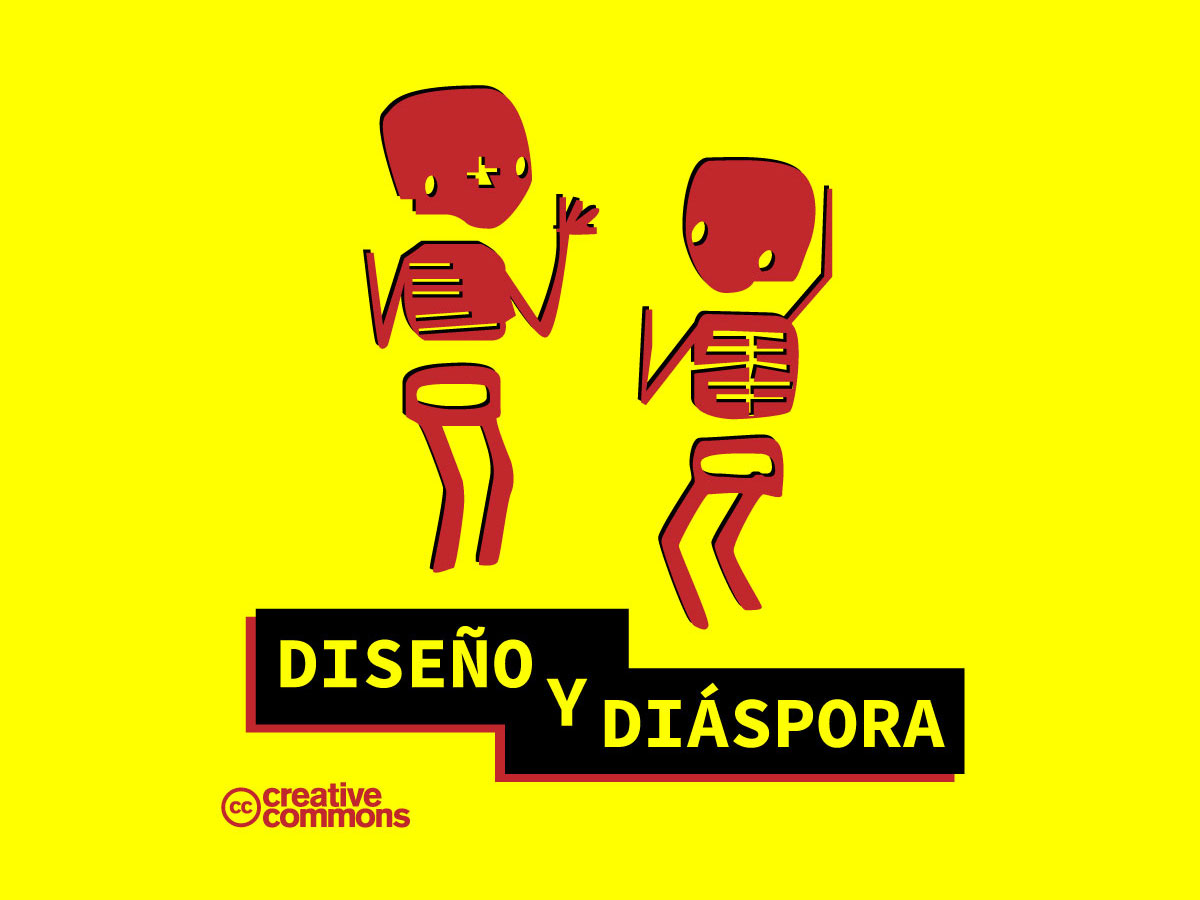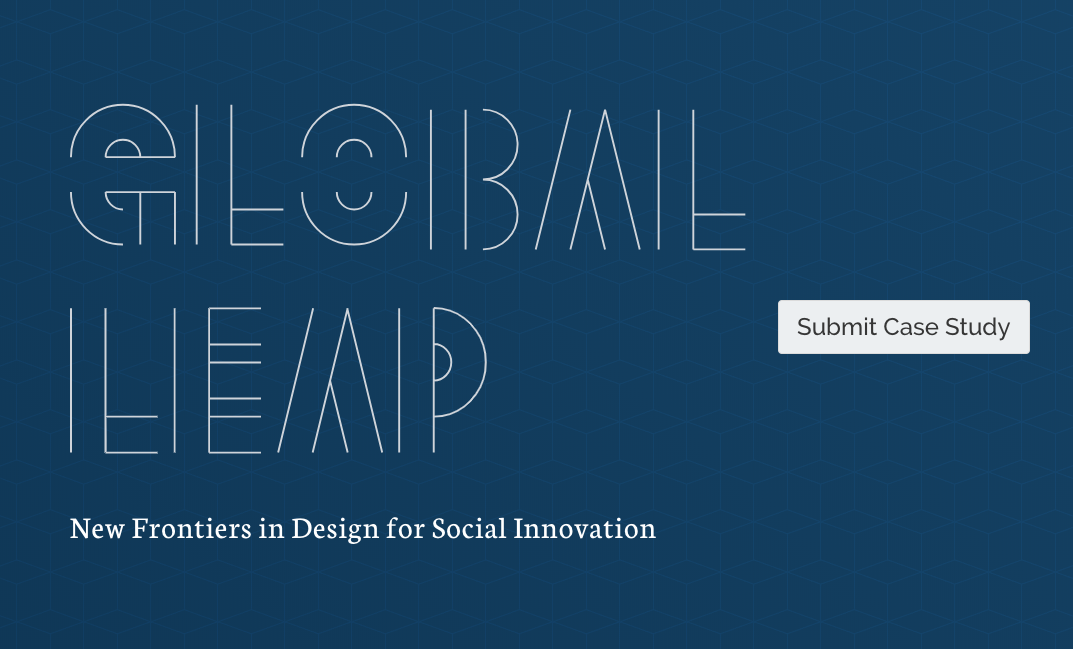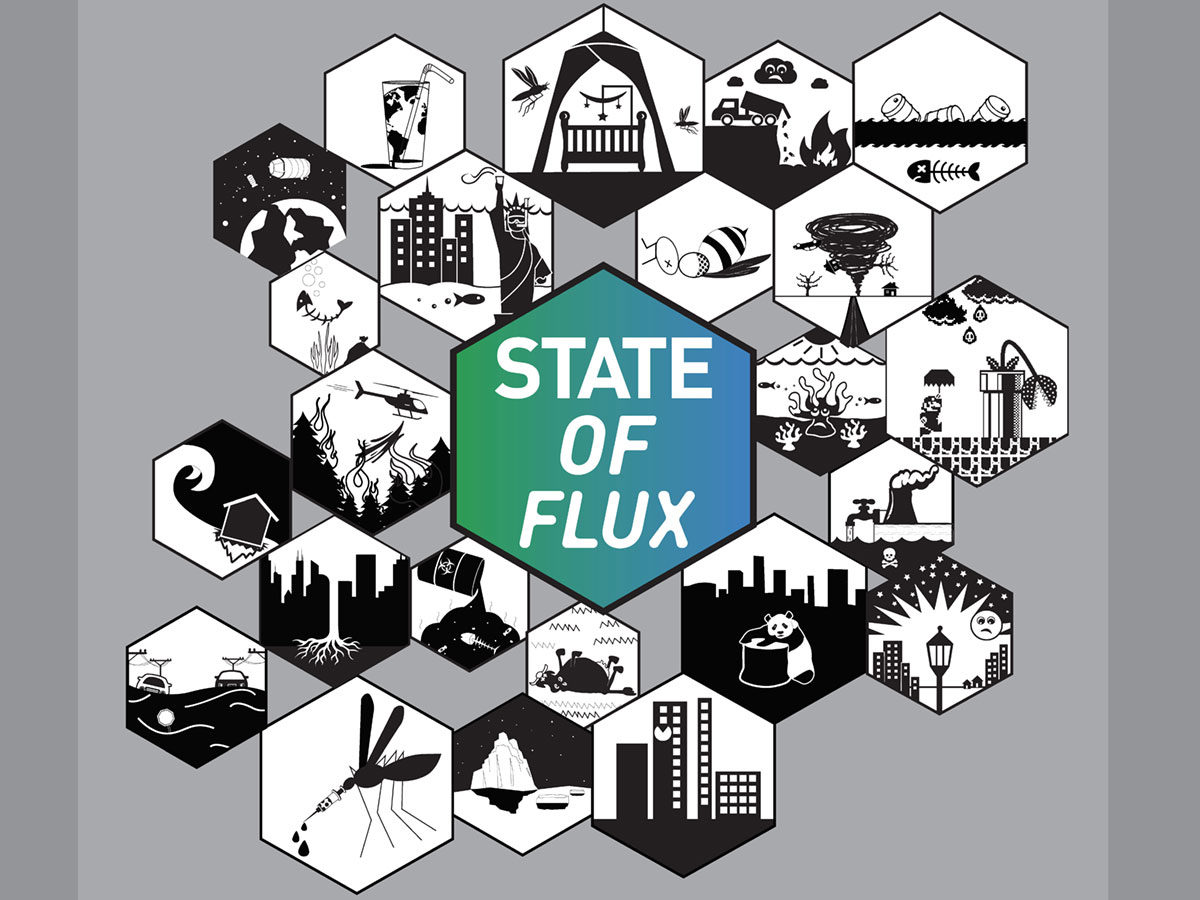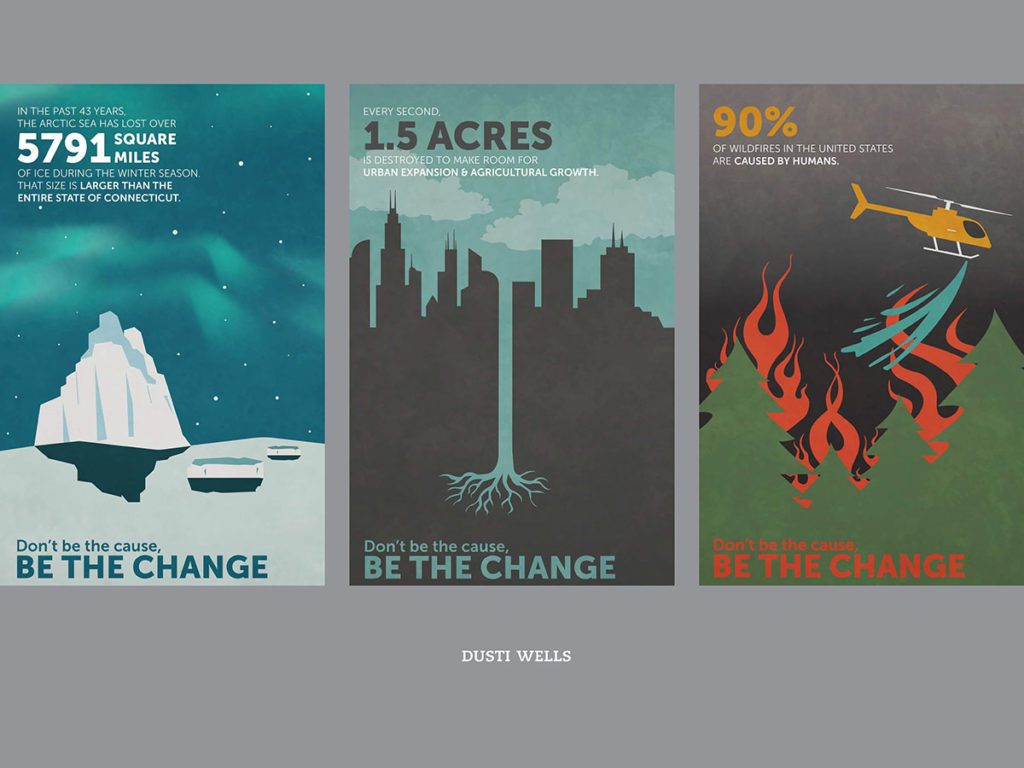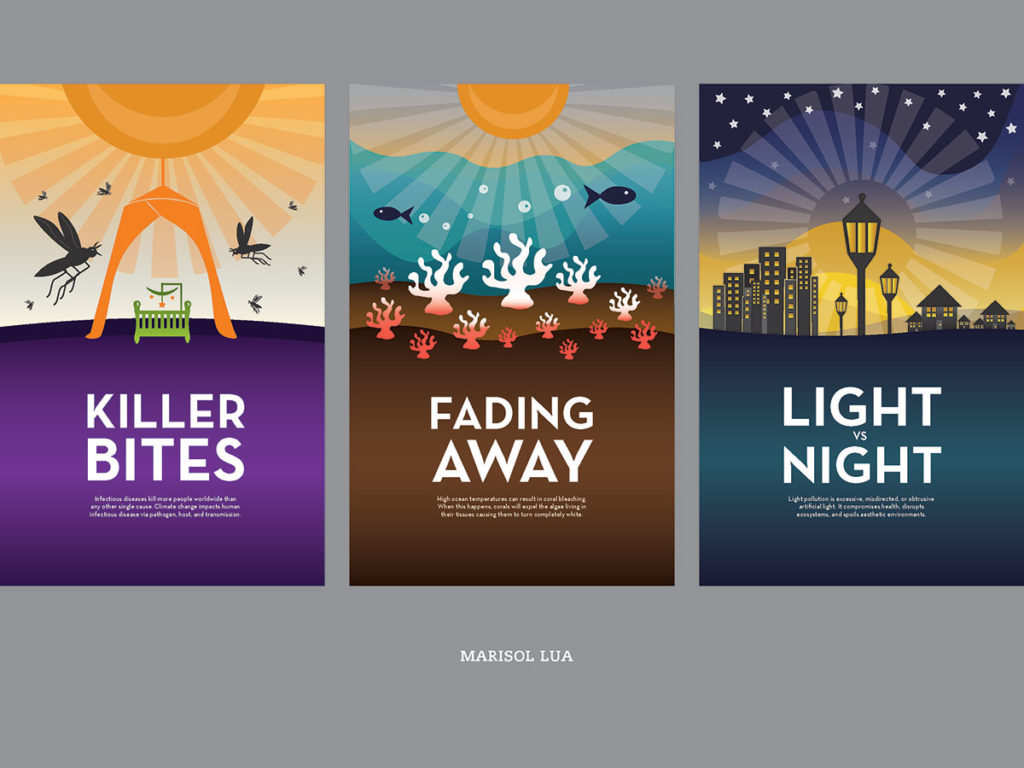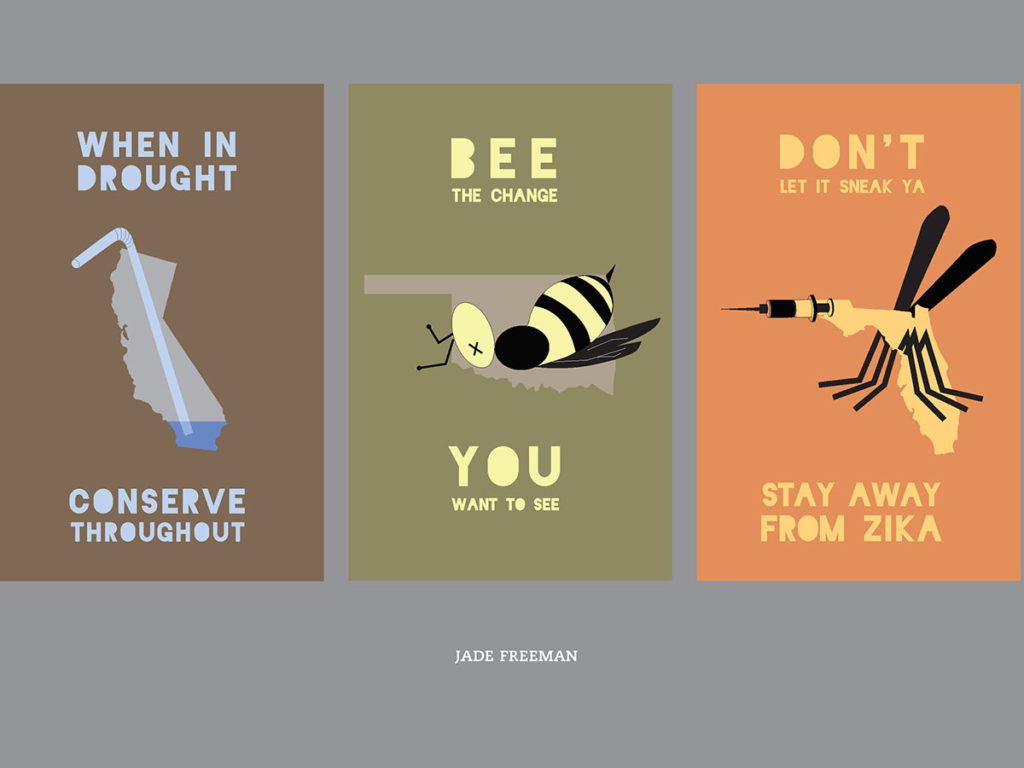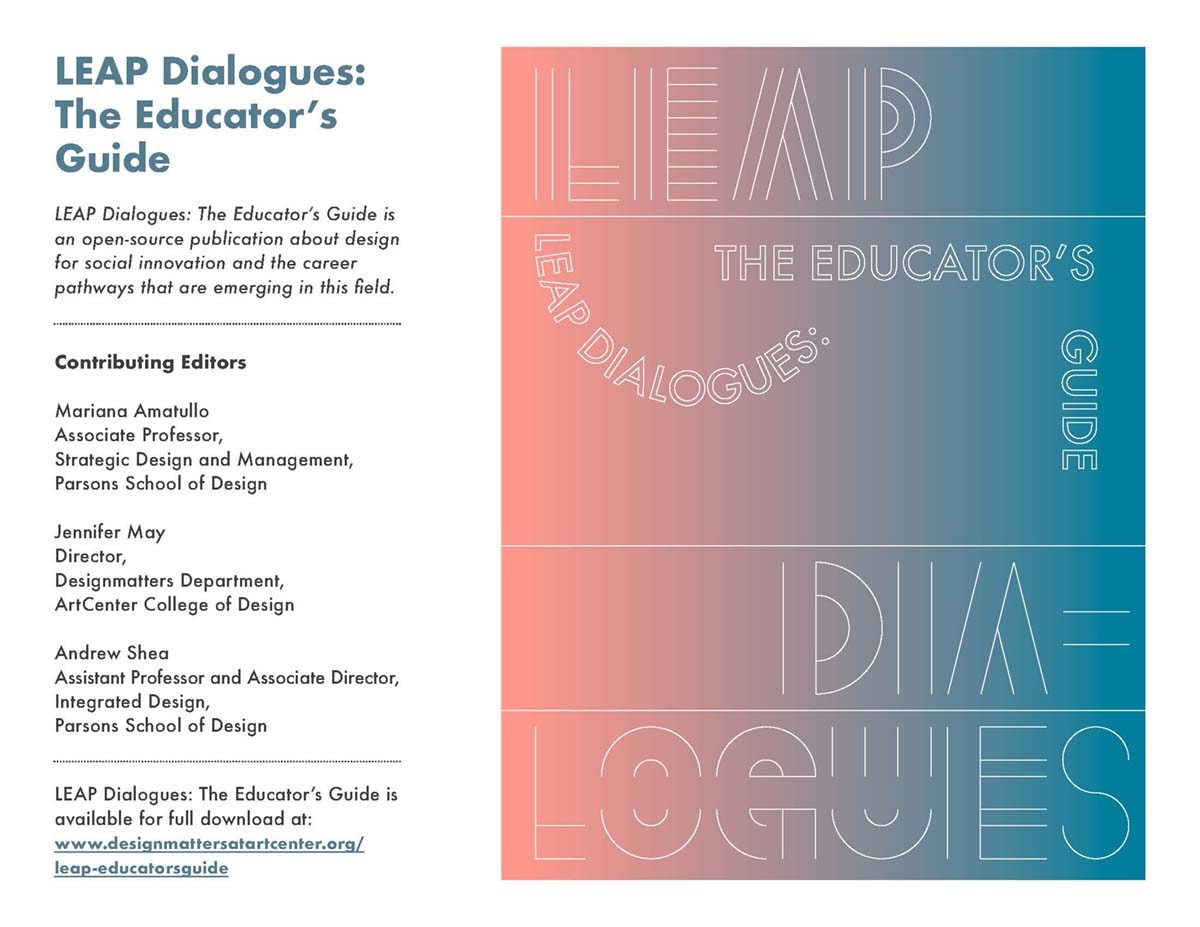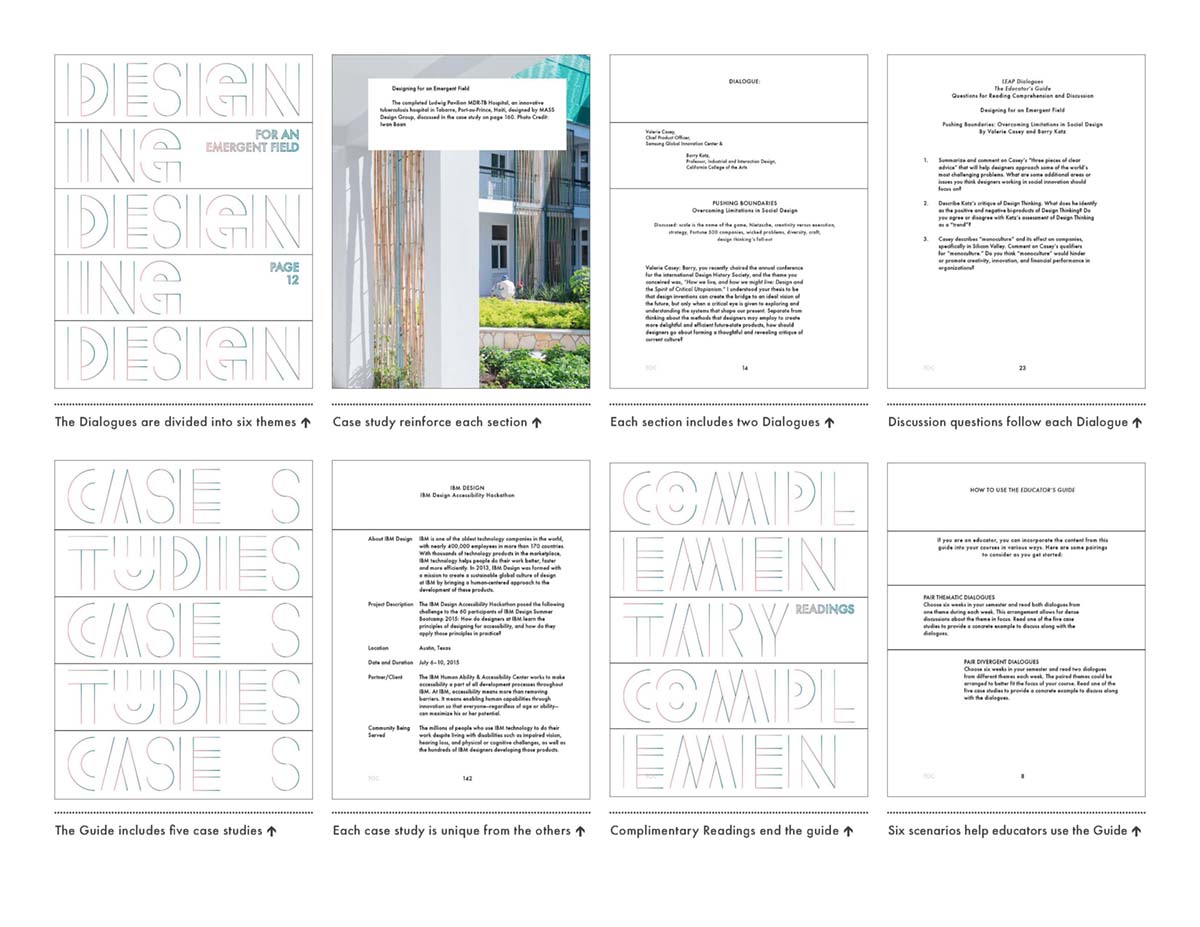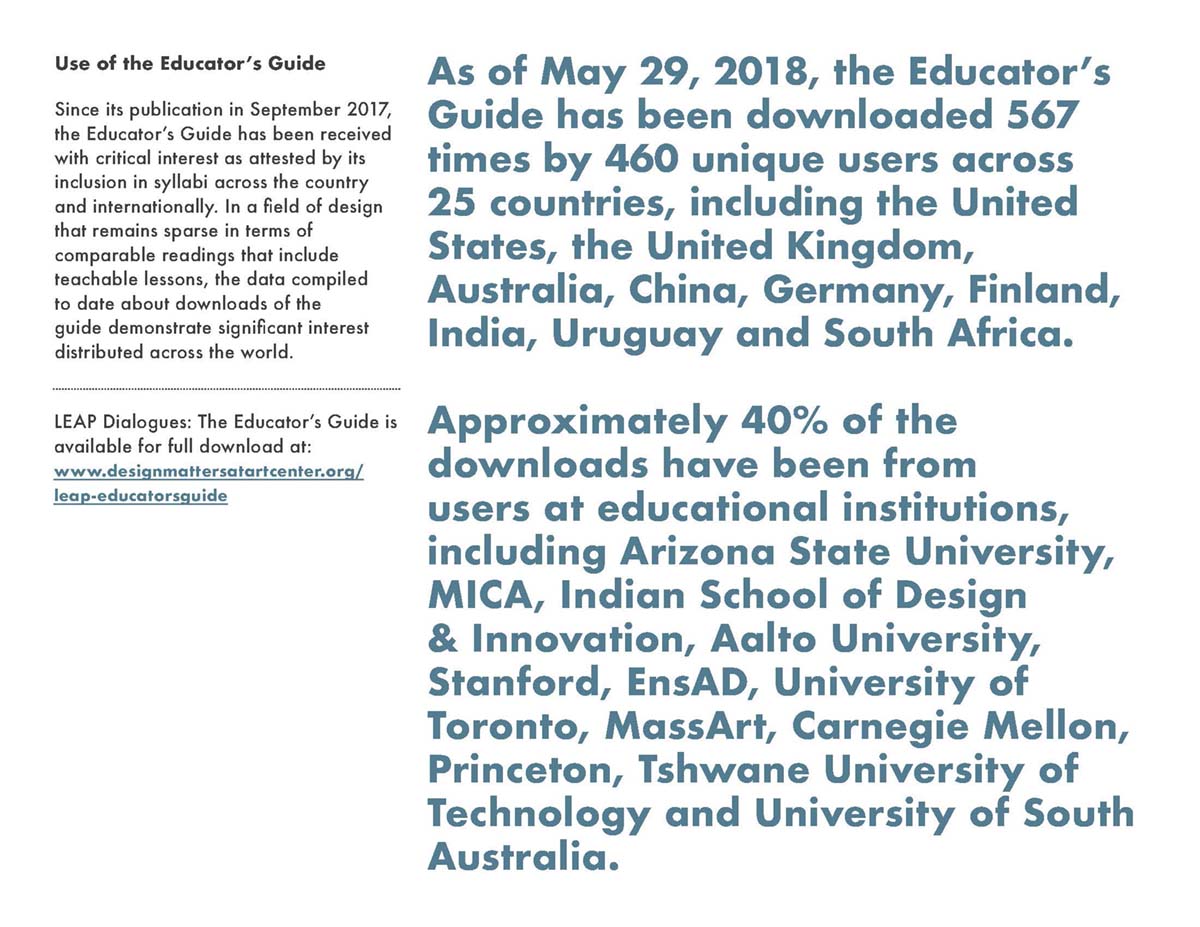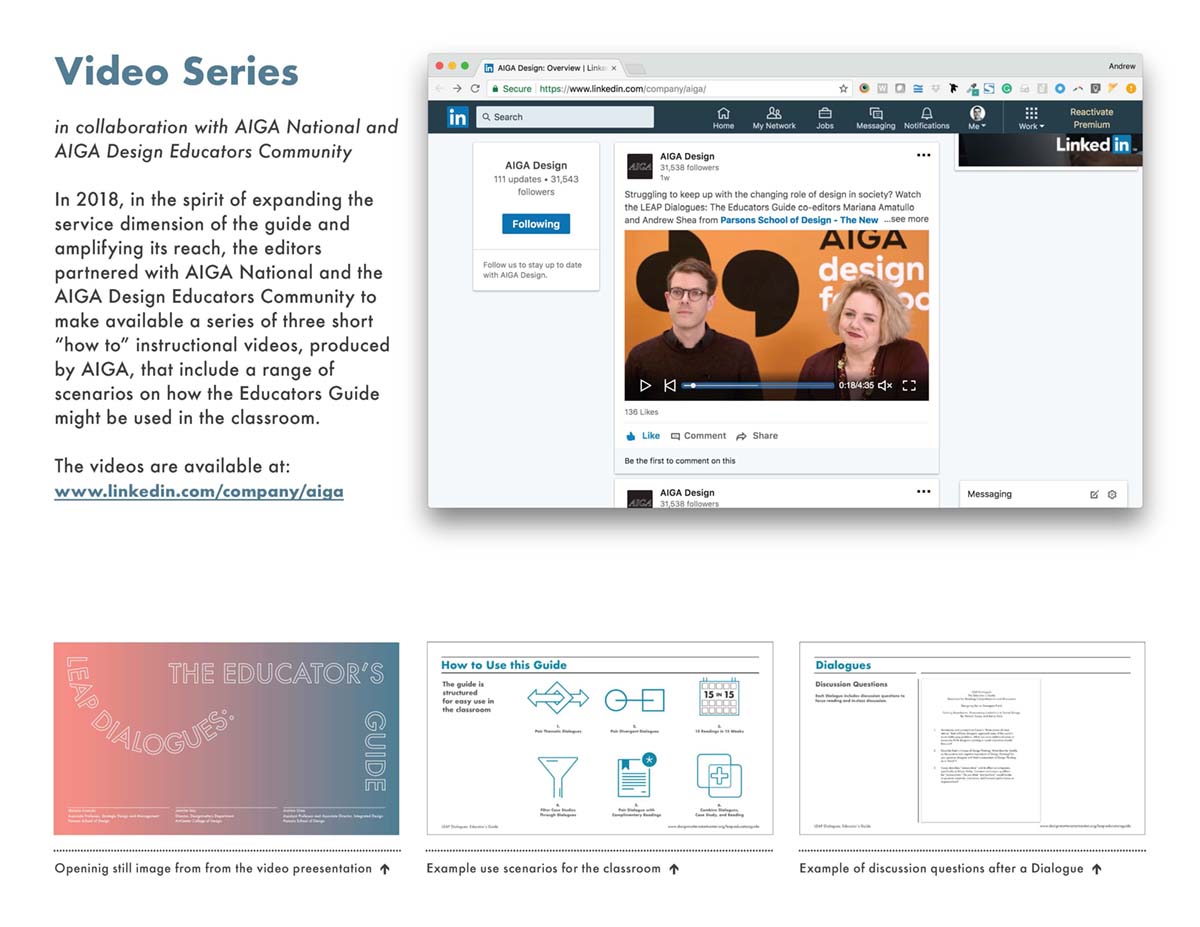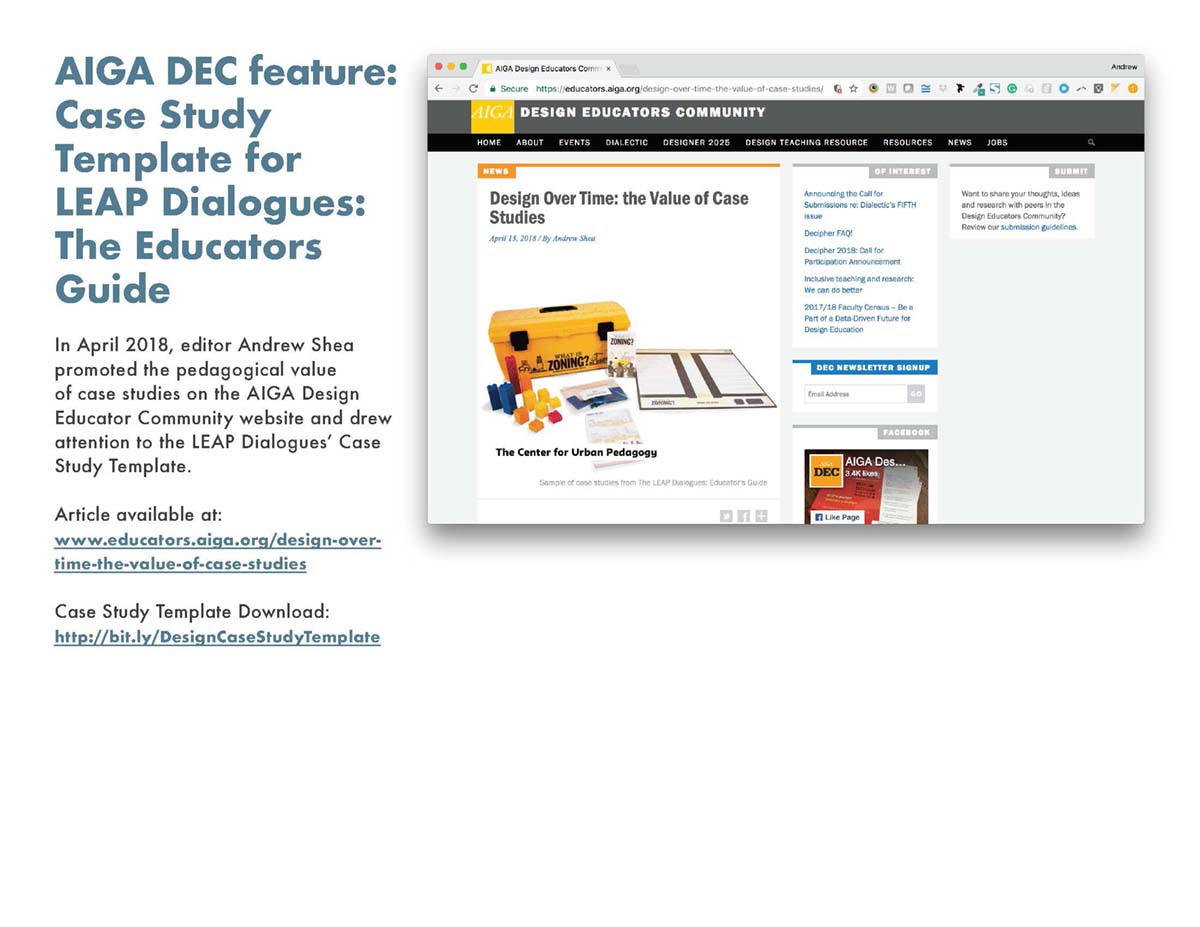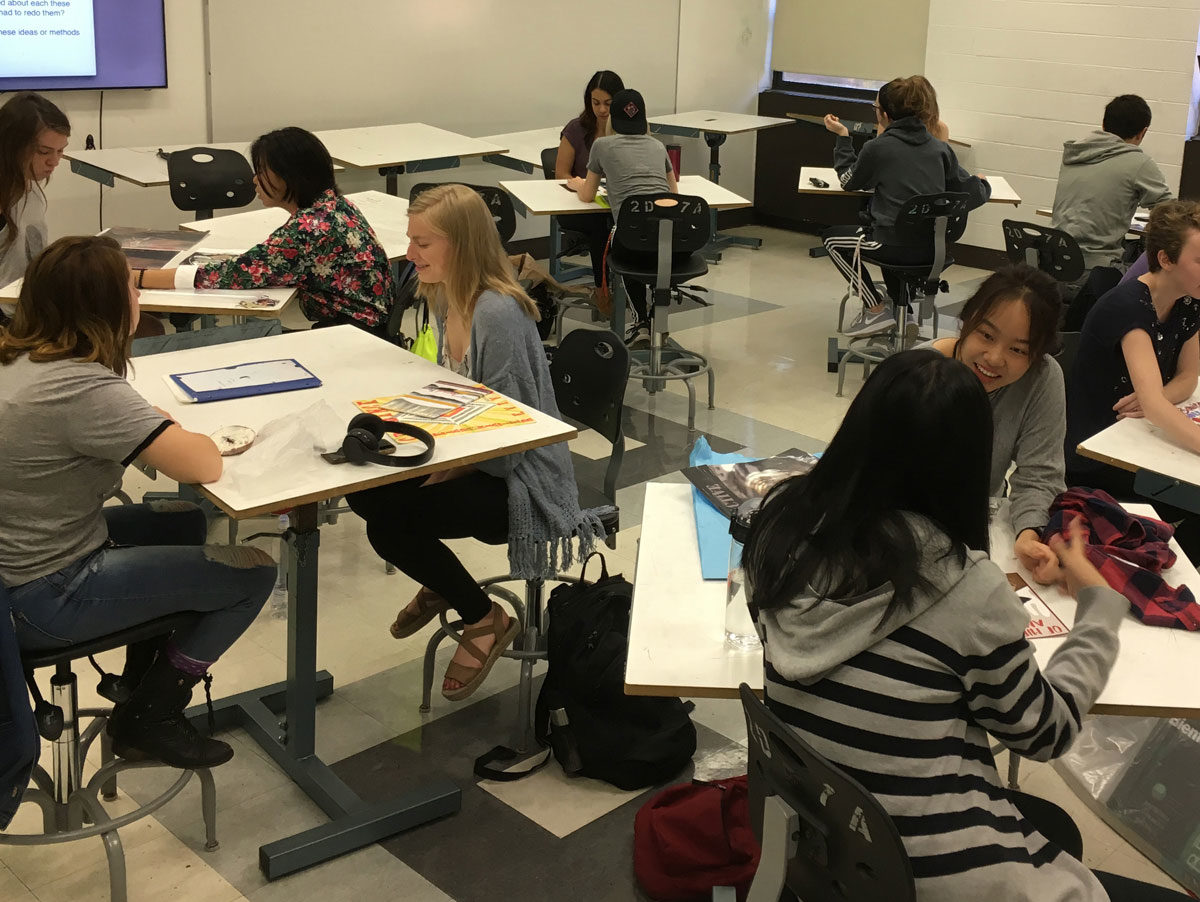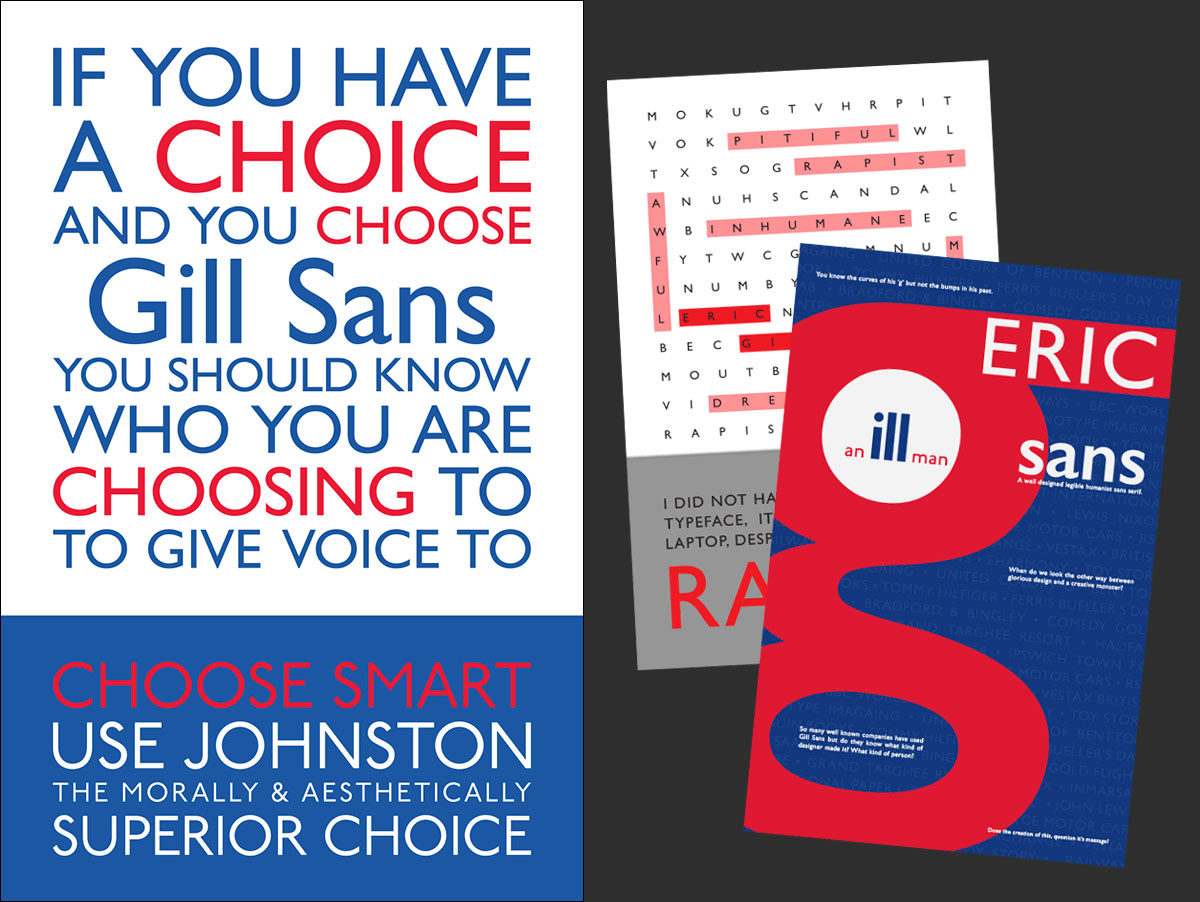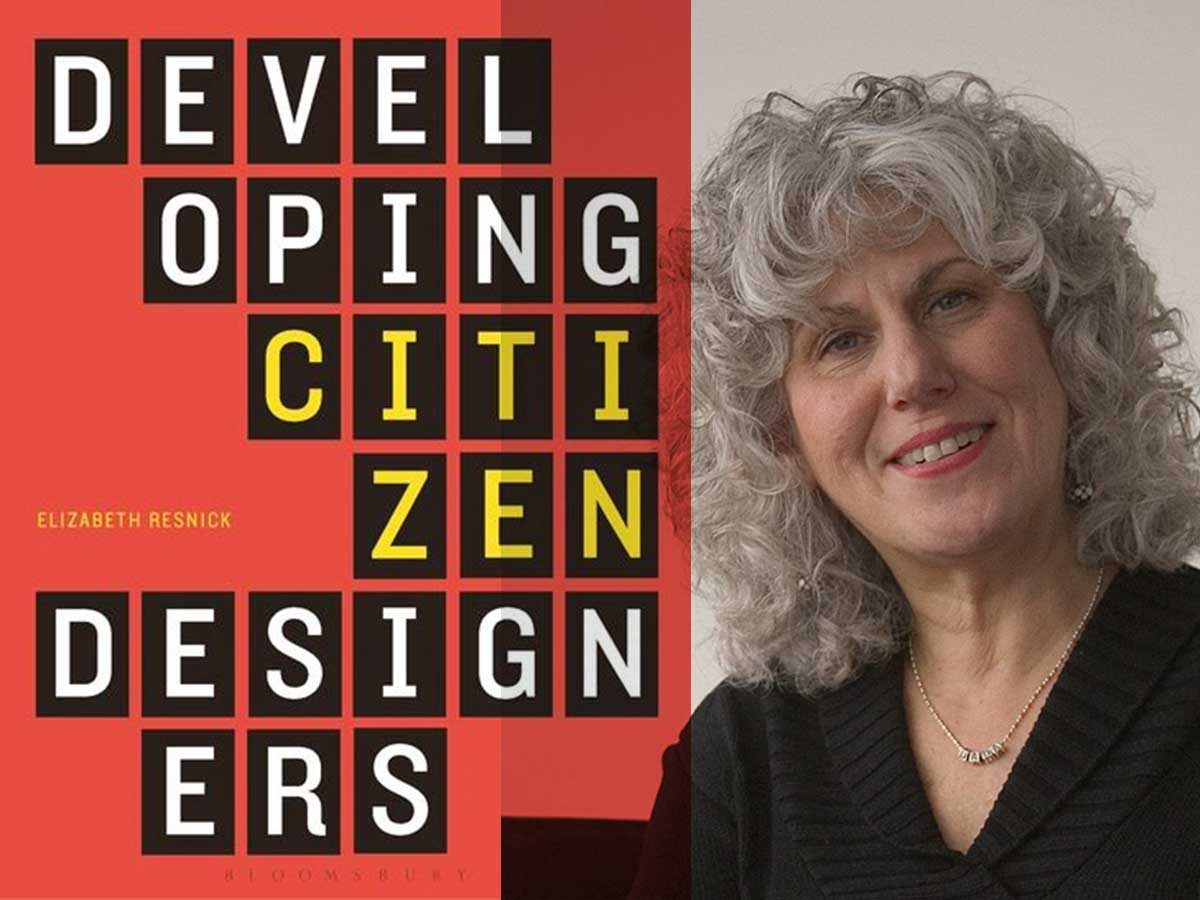Neeta Verma
Independent Scholar
Associate Professor (retired)
University of Notre Dame
“The Futuring Project: Audacious Narratives & Enduring Voices” is the design, and implementation of an arts enrichment program aimed at addressing youth violence in South Bend, IN. The program was implemented at a detention facility serving at-risk youth aged 14-22 who had been exposed to violence. It combined art and design instruction with the goal of empowering these youth to take ownership of their stories, inspiring them to be catalysts for change in their communities.
The arts enrichment program provided much-needed engagement, equipping participants with valuable, translatable skills in art, design, and technology. Youth worked with software like Photoshop, InDesign, Illustrator, and GarageBand. The curriculum covered various disciplines, including drawing, painting, music composition, digital design, choreography, collage, and mask-making. This creative process served not only as a skill-building exercise but also as a form of healing and therapy, fostering self-expression, self-reflection, and personal growth.
In collaboration with law enforcement, city agencies, grassroots organizations, and community leaders, the program created structured workshops that sustained creative engagement while promoting articulation, self-expression, and technical skill development. This gave the youth unique tools to help them succeed as they re-enter society with fresh perspectives for a brighter future.
The project on youth violence started in June, 2020 and concluded in June, 2024 of which the arts enrichment program ran for a period of 18 months from January, 2022 through July, 2023.
PROJECT RESEARCH
The design of the arts enrichment program was informed by a combination of data, literature reviews, and field research:
1. Data: A comparative analysis was conducted using statistical data from South Bend, three similar cities, and two larger cities to understand the problem of youth violence.
2. Literature Reviews: Research focused on positive youth development, especially in youth psychology. The potential of creative expression as therapeutic intervention was explored within cognitive and behavioral psychology.
3. Field Research: Interviews and focus groups were conducted to understand perceived causes of youth violence. We also collected data on socio-economic indicators, law enforcement, and geographic/environmental factors.
4. Analysis & Synthesis: Key findings included a lack of structure, predictability, and enrichment among at-risk youth. Additionally, there was a significant correlation between single-parent households and increased exposure to violence. These insights led to the development of the arts enrichment programming titled, “The Futuring Project: Audacious Narratives and Enduring Voices.”
FUNDING
The project was funded by four grants awarded by the Jessie Ball DuPont Fund, Community Foundation of St. Joseph County, City of South Bend, and the Center for Social Concerns at the University of Notre Dame.
The project would not have been possible without the support of the following institutions. Collaborators for the project include The Jessie Ball duPont Foundation; the Community Foundation of St. Joseph County; the City of South Bend, and the Center for Social Concerns at the University of Notre Dame (UND), Office of Research (UND), Office of Procurement (UND), Arts and Letters Computing Office (UND), the Center for Social Science Research (UND), Department of Development (UND), Robinson Community Learning Center (UND), Notre Dame Psychological Services Center, ND Studios and Teaching & Learning Technologies, DePaul Academy; Venues, Parks, & Arts, City of South Bend; Charles Black Community Center; Goodwill Industries; Office of Innovation & Technology, City of South Bend; South Bend Police Department; Center for the Homeless; Mamas Against Violence; Connect 2 Be the Change; River Bend Quilting Guild, Midwest Photographics.
To my collaborators: Connie Mick, Senior Associate Director Center for Social Concerns; Ike Shipman, Program Director, DePaul Academy; Denise Linn Riedl, Chief Innovation Officer, Office of the Mayor; Maurice Scott, Director of Community Initiatives, Office of the Mayor, Aaron Perri, Executive Director of Venues Parks & Arts; Jordan Gathers, Deputy Director of Venues, Parks, and Arts; Lisa Shaffer, Executive Director, South Bend Museum of Art; Krista Hoefle, Senior Curator, South Bend Museum of Art; Cynthia Taylor, Director, Charles Black Community Center; Laresha Johnson, Manager, Charles Black Community Center.
THE ARTS ENRICHMENT PROGRAM
The arts enrichment program was structured around modules that covered various creative disciplines. These modules included drawing (charcoal, pencil, and pastels), painting, music composition (using GarageBand), digital design (Adobe Photoshop), collage, poster design (Adobe InDesign/Illustrator), and mask-making.
The semester was divided into 12-week units, with each module running for 2-hour sessions. The program served approximately 22 students each week, with attendance ranging from 17 to 24 participants. The first session of each semester was dedicated to introducing the program, getting to know the participants, and setting expectations. As the semester progressed, participants explored their interests and selected modules that aligned with their projects. At the end of each module, participants presented their work to peers.
COMMUNITY AFFILIATIONS & PARTNERSHIPS
The workshop was designed to run within an institution, The DePaul Academy, that is part of the Juvenile Justice Center in South Bend. The institution is a private secure program serving male youth between the ages of 14 and 22 with a history of delinquent behaviors, mild mental health issues, abuse, neglect, and trauma needs, as well as students who did not thrive in less restrictive settings. The institution’s program offers an academy model residential treatment that promotes diverse social and educational interactions essential to the competency development of students. Audacious Narratives and Enduring Voices, was offered as an arts enrichment program to youth at this facility on a semester system basis. The design project was launched in February of 2022 and was completed in May of 2024.
RESPONSE to the ARTS ENRICHMENT PROGRAM
The program achieved high attendance, with over 45 students served throughout its duration. Participants consistently demonstrated deep engagement, often exceeding expectations in their creative outputs. One confidential evaluation noted, “Ms. Neeta has brought something extremely positive into the institution. Watching the young men engage in something they love has been truly inspiring. Her ability to maintain order and her fearlessness are greatly appreciated by both the boys and staff.”
The workshops fostered a safe, creative environment that encouraged self-reflection, self-expression, and critical thinking. This was evident in the vibrant and imaginative work produced by the youth. This expanded their portfolios to include both the work and proficiencies that served as a validation in their capabilities as these students reassimilated in the community and applied for placement opportunities and jobs.
In August 2023, the project was featured in the Audacious Narratives & Enduring Voices exhibit at the South Bend Museum of Art, running from September 22 to November 12, 2023. The youth participated in the opening reception on November 3, where they had the opportunity to discuss their work with the community and share their creative journey.
This project was the 2024 Design Incubation Educators Awards runner up recipient in the category of Service.
Biography
Neeta Verma situates herself within the porous discipline of Visual Communication Design whose work explores design as a tool for social equity. Her research focuses on systemic social issues examined through the lens of power and privilege. It expands the canon of the discipline to include pluriversal shifts within design discourse. She earned her MFA from Yale University. She served as an Associate Professor of Visual Communication Design at the University of Notre Dame. She is the recipient of the Nehru-Fulbright Fellowship. Awards include the SEGD 2024 Educator Award, 365: AIGA Year in Design Award, Design Incubation Teaching Award, Core77 Award for Social Impact, A’Design Awards, International Design Award, and Rev. William A. Toohey Award for Social Justice. She has presented her research at national and international conferences. She serves on the SEGD Academic Taskforce and is a member of the Pluriversal Working Group of the Future of Design Education.

